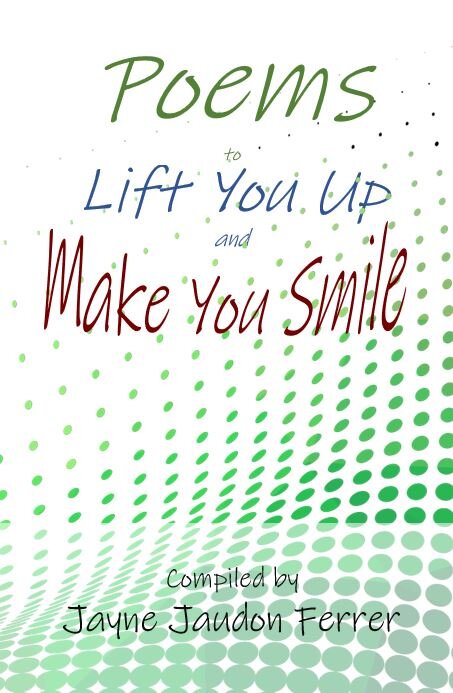|
As a child I found some fame painting scenes on burls.
Using up my paint-by-number oils,
bending open those stubborn lids, dipping
into linseed and turpentine.
Blue water, blue peaks,
snow blocked down one third their slopes
in perfectly reversed triangles.
There would be a generic evergreen off to the right,
not always green — I made do.
Dog paintings might provide no green at all,
(heavy on the browns and grays).
A tree can be brown.
Horse paintings might have an even sparser palette
with peculiar shades of ochre.
People who loved me didn’t mind a palomino spruce.
Dad and I, we searched for burls.
Smooth, unmarked, a certain size.
Got down on all fours to get a good view of the underside,
which, if you are not a burl painter, you may not know,
is the side that counts.
We would knock them off with axes and hammers.
Fall the whole tree to get a good one growing out of reach.
Not many fell for a burl.
Dad might lean, his hand against the bark, head
thrown back,
Nope, he’d say, she won’t fall right.
and we’d move further along the creek.
Fill a mason jar with water that had tumbled
through a mountain to us.
Pull watercress from the spring. Hunt for licorice root.
Then sit on boulders, chew on the bite of the cress,
the blackness of the root.
Dad would lie back, pull his hat over his eyes, say,
Wonder what the poor people are doing today?
This poem first appeared in Victoria Writers' Society's 2012 Anthology.
Used here with the author’s permission.
|



